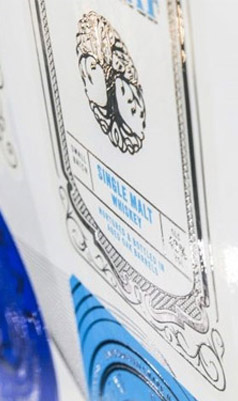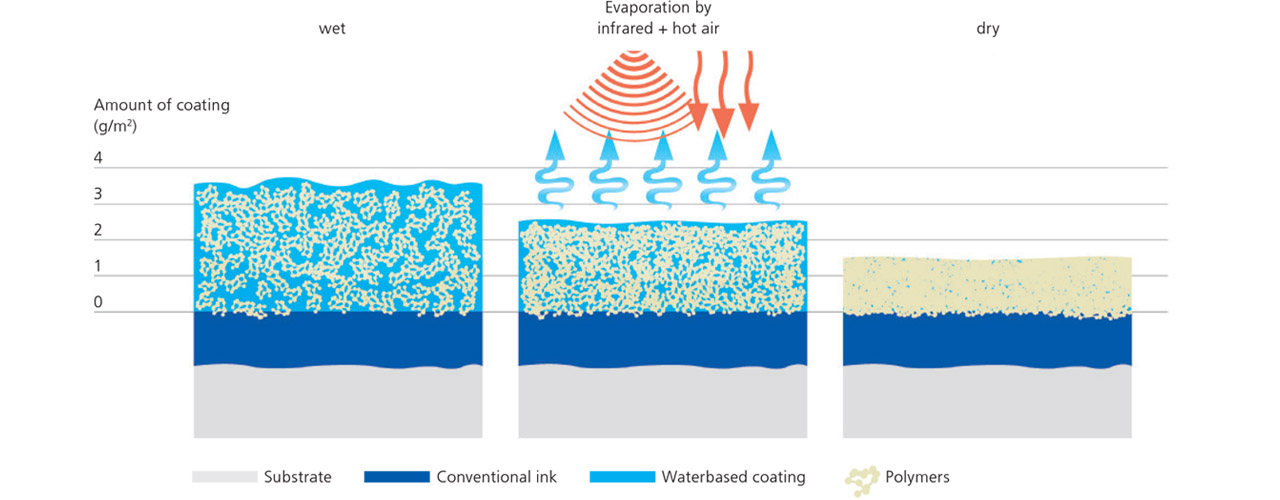

Flexible Packaging
ACTEGA is an international leader in flexible packaging by offering tailored inks, coatings and adhesives.
LEARN MORE

ACTEGA is an international leader in flexible packaging by offering tailored inks, coatings and adhesives.
LEARN MORE

Our focus on innovation is at the heart of our DNA, so we invest heavily in the development of new technologies.
DISCOVER MORE

Our goal is becoming climate-neutral by 2025. Discover more about our commitment to environmental protection.
DISCOVER MORE

Discover our calendar with great images and powerful finishing effects.
MoreYou have already subscribed to our newsletter.
You successfully unsubscribed from our newsletter
Continue ShoppingThe drying behaviour of printing inks and coatings plays a major role in printing and further processing. If inks and coatings are not sufficiently dry, ink set-off or blocking of sheets in the pile may be the result. Also, colour abrasion and scratches are possible. A trouble-free further processing of the printed product cannot be guaranteed. Waterbased coatings (also called dispersion coatings) dry physically by means of the absorption of the coating into the substrate and the evaporation of water. This drying is achieved through hot air and infrared. With the drying, water is extracted from the coating. Polymer particles cross link with each other and form the coating film.

The optimal setting of the dryer is individual (IR and hot air). Temperature in your pile should not exceed 35°C. Consider a sufficient airing also during the drying process. The dryer’s air contains water after a longer production period (humidity). If this water comes into contact with the printed sheets, inks and coatings may become wet again (laundry effect).
If too much fountain solution emulsifies into the printing inks (>25%), drying is slowed down. In this case reduce your fountain solution. If inks are emulsified, clean your printing press and adjust your settings.
A high application of inks slows down drying. If possible, reduce your ink application. Also, the ink type affects drying time. Fresh, low odour or migration less inks normally dry more slowly than oxidization drying inks. Choose faster inks if needed.
Drying time also depends on the type of substrate. Choose a substrate with a faster penetration behaviour if requested.
Still have open questions? Contact us and we will support you with the application.
CONTACT USThe Troubleshooting Series is your source of content with smart tips that helps you to make the most of all ACTEGA products in your processes. In addition to state-of-the-art chemical specialties for the packaging industries, we are your knowledge partner by offering you our technical expertise and useful information.
Discover all of our content